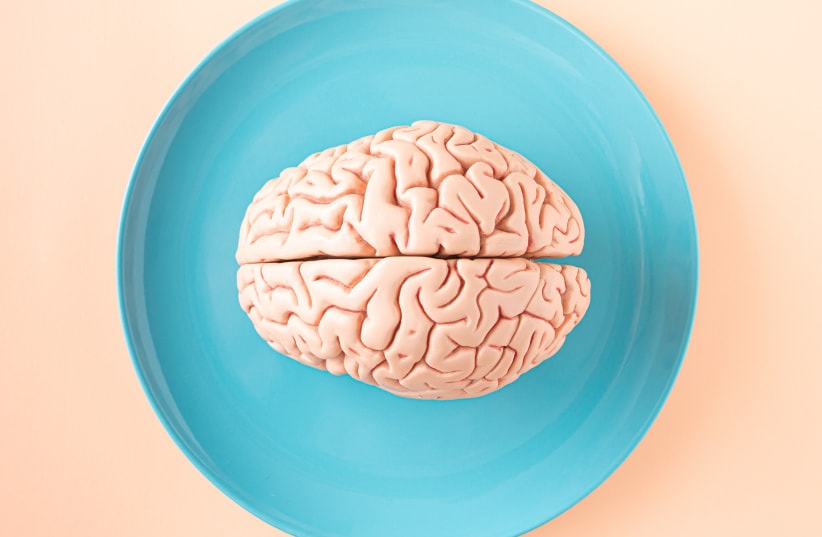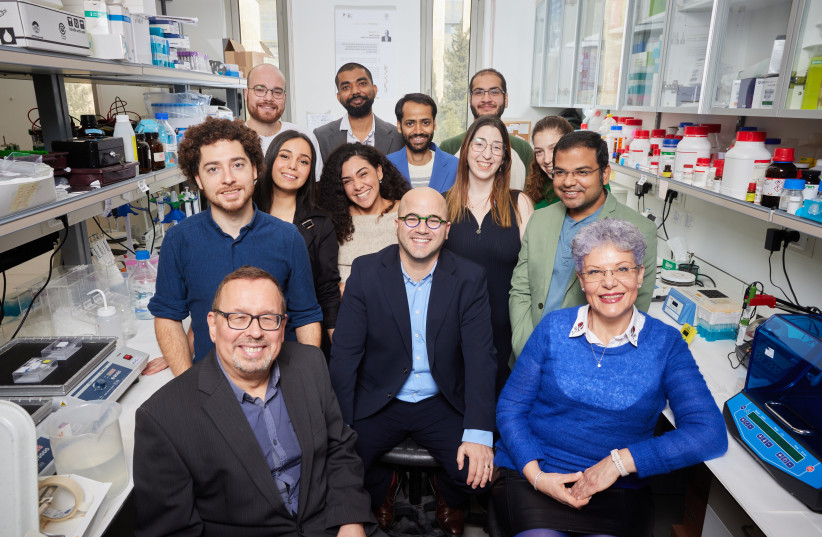A direct connection between levels in the brain of nitric oxide (NO) – a colorless, odorless and non-flammable gas -- has been found for the first time in mouse models with autism spectrum disorder (ASD).
This breakthrough has just been published by researchers at the Hebrew University of Jerusalem (HU) – offering new insights into potential treatments. It also has implications for other neurological and psychiatric conditions, the researchers said.
ASD affects some 168 million people – males more than females – round the world. It is characterized by abnormalities in social interactions, deficits in communication, restricted interests and repetitive behavior. In Israel, more than 30,000 children up to the age of 18 have been diagnosed. In the US, ASD, autism is the most common developmental disorder, with one in 44 people under the age of 21 on the spectrum.
Many different factors have been discovered that may make a child usually diagnosed around the age of two years to be more likely to have ASD, including genetic, environmental and biological factors. Globally, the World Health Organization (WHO) estimates that the average prevalence of the disorder is one per 160 children, but the rate varies greatly, with the highest rate of diagnosed autism in the world being in Qatar, and the lowest rate is in France. Many cases, especially in Third World countries, have not been diagnosed.
Dr. Haitham Amal and his team from the School of Pharmacy in the Faculty of Medicine at the Hebrew University of Jerusalem, discovered a direct connection between levels of nitric oxide (NO) in the brain and autism. The study was published under the title “The NO Answer for Autism Spectrum Disorder” in the prestigious Advanced Science journal. His team included Dr. Manish Tripathi, Shashank Ojha, Maryam Kartawy, and Wajeha Hamoudi.
Born and raised in Haifa, Amal earned a bachelor’s of science degree at HU, a master’s degree at Tel Aviv University (where he studied the impact of cannabis on cognition and memory), a doctoral degree at the Technion-Israel Institute of Technology in Haifa and a postdoctoral degree at the Massachusetts Institute of Technology (MIT). He began his academic journey at the young age of 17-and-a-half years old. His research has been widely published, with more than 23 papers on autism, cancer, Alzheimer’s disease and other brain disorders.
At MIT, the first paper of his postdoctoral research was published in the Journal of Molecular Psychiatry – the leading psychiatric journal – and was the first literature to link nitric oxide with autism spectrum disorder, a key step towards identifying a drug target for the disorder.
Study finds link between NO levels and autism indicators
The study showed that autism indicators increase as NO rises in the brain, uncovering a new mechanism found in autism. Conversely, in cases where levels of NO in the brains of murine (special mice) models of autism were lowered in a proactive and controlled manner, autism indicators and behavior decreased accordingly.
“Our research showed – in an extraordinary way – that inhibiting the production of NO, specifically in brain neuron cells in mouse models of autism, causes a decrease in autism-like symptoms,” Amal explained. “By inhibiting the production of NO on lab animals, they became more ‘social,’ and less repetitiveness was observed in their behavior. Additionally, the animals showed interest in new objects and were less anxious. Finally, the decrease in NO levels led to a significant improvement in neuronal indices.”
In addition to several mouse models of autism, the study results are based on tests conducted using human stem cells and clinical blood samples from children with low-functioning autism. The results on mouse models were correlated with stem cells that were taken from autistic children, and with blood samples taken from low-functioning autistic children.
“This discovery can have implications on the relationship of NO with other neurological diseases, such as Alzheimer's, or psychiatric diseases, such as schizophrenia and bipolar disorder,” he concluded. “I am hopeful that with our new understanding of the NO mechanism, we can begin to develop therapeutic drugs and help millions of children and adults living with autism around the world.”

